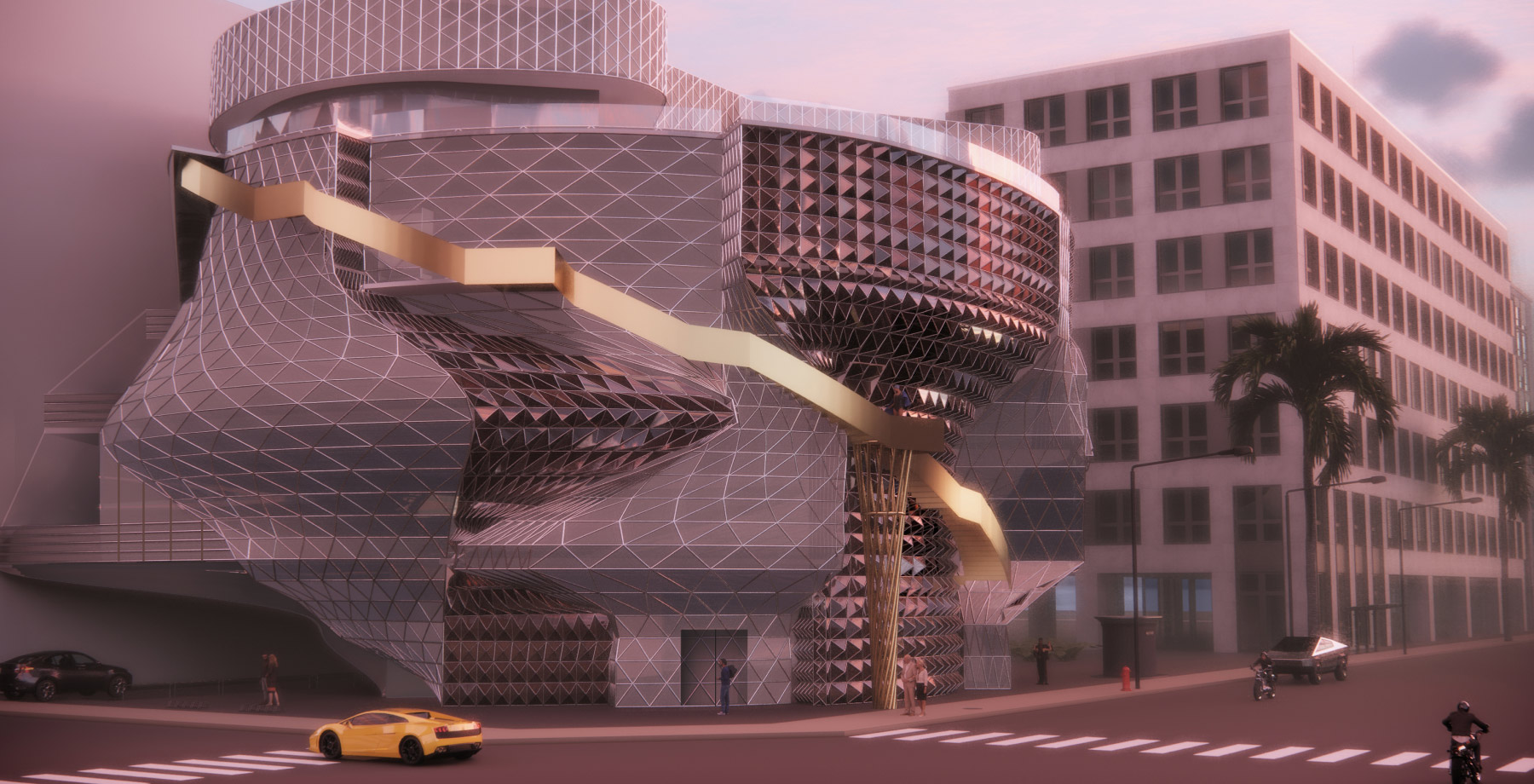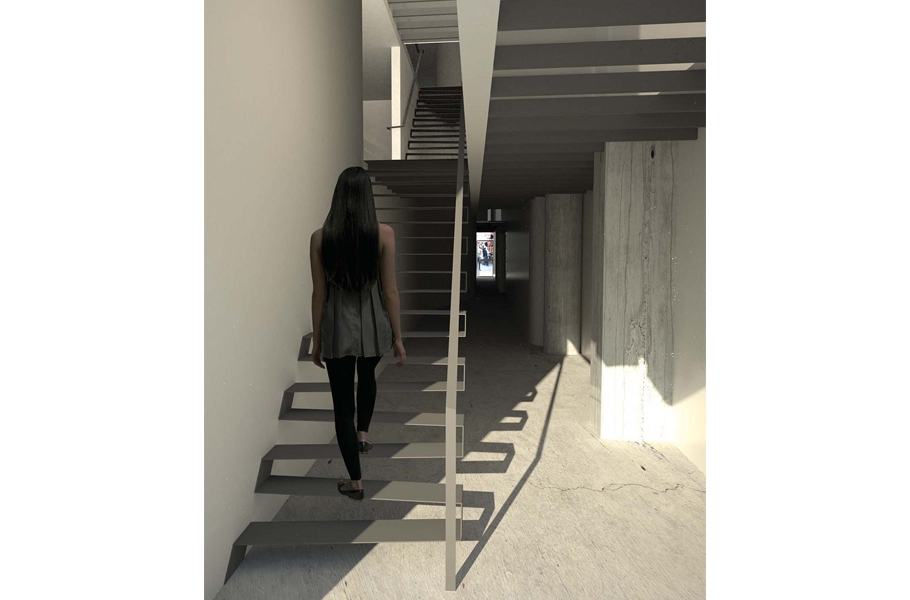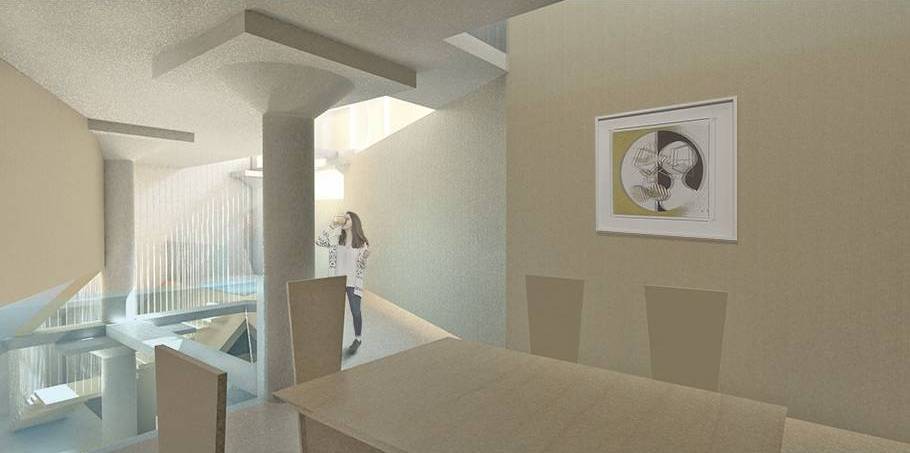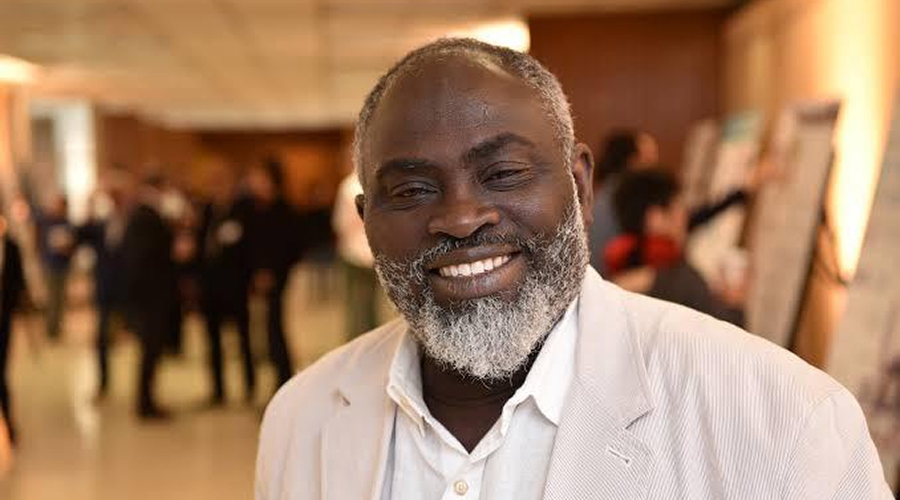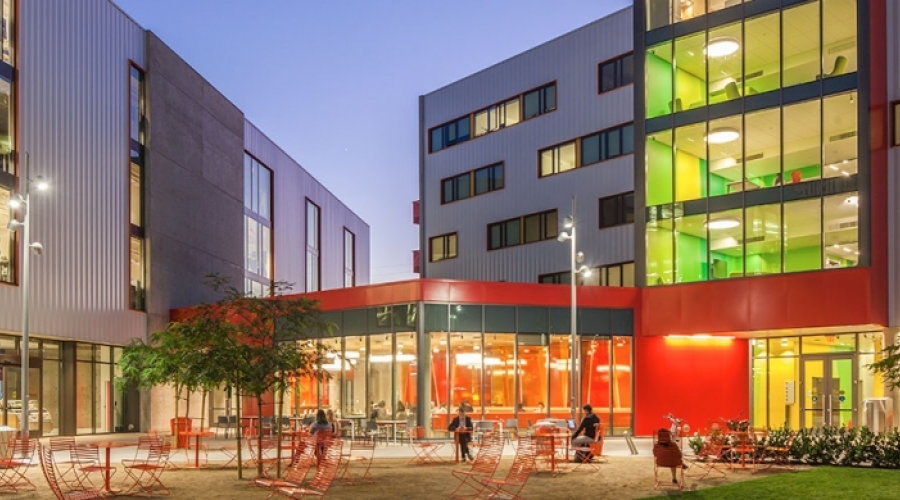Important Program Information
The Environmental Design major will not be available to entering first-year students starting in Fall 2023, as the program is scheduled to graduate its final class in Spring 2026. Request Information about other programs at Otis College that may match your creative interests and career goals.
Design spaces of all kinds form the basis of the collaborative and experiential Environmental Design degree program at Otis College.
Otis College’s BFA in Environmental Design trains students to design the spaces where we work, play, sleep, and dream. We provide students with hands-on experience building full-scale projects so they can create viable pathways to inspiring careers and graduate work.
Environmental Design at Otis
Architecture (buildings), landscapes (spaces between buildings), and interiors (spaces within buildings) create complex design problems that students tackle with innovative solutions in this program . We train students to design any and all built environments, and offer travel, exhibition, and internship opportunities to develop critical thinking and provide vital real-world experience.
The Program
There are six comprehensive studios at the core of our Environmental Design curriculum, five of which address potential real-world projects sited in Los Angeles and other cities.
Support courses present the materials and methods of building, landscape, and interior construction; physical and digital communication skills and media; and the history and theory of spatial design. In the final semester, students design, fabricate, assemble, and install a full-scale spatial environment as part of the College’s O-Launch exhibition of graduating student work.
Career Possibilities
Environmental Design graduates work in architecture, landscape, and interior design, and in such related fields as exhibition, lighting, water feature, and set or production design. They are prepared to design any and all built environments, including:
- Houses
- Restaurants
- Hotels
- Schools
- Offices
- Gardens
- Retail Spaces
- Stage and Set Designs
- Water Features
- Spas
- Concert Halls
- Museums
- Theme parks
Many graduates go on to postgraduate degrees in architecture or civil engineering, or segway directly into becoming licensed architects through work experience and required examinations.
Environmental Design News and Blogs
Environmental Design Faculty
Our faculty are active professionals and leaders in our department’s three fields—architecture, landscape, and interiors.

Richard Cutts Lundquist
Acting Chair
Keep Exploring
Otis prepares artists and designers for successful careers, empowering you to make a living—and make an impact—across established and emerging creative fields. Take the next stept to create your future at Otis College of Art and Design.
Explore upcoming admission deadlines as well as next steps to submitting a successful application and portfolio.
Financial aid opportunities at Otis include academic scholarships, need-based grants, loans, and work study opportunities.
Follow your talents to a satisfying career with an education from Otis College of Art and Design.
